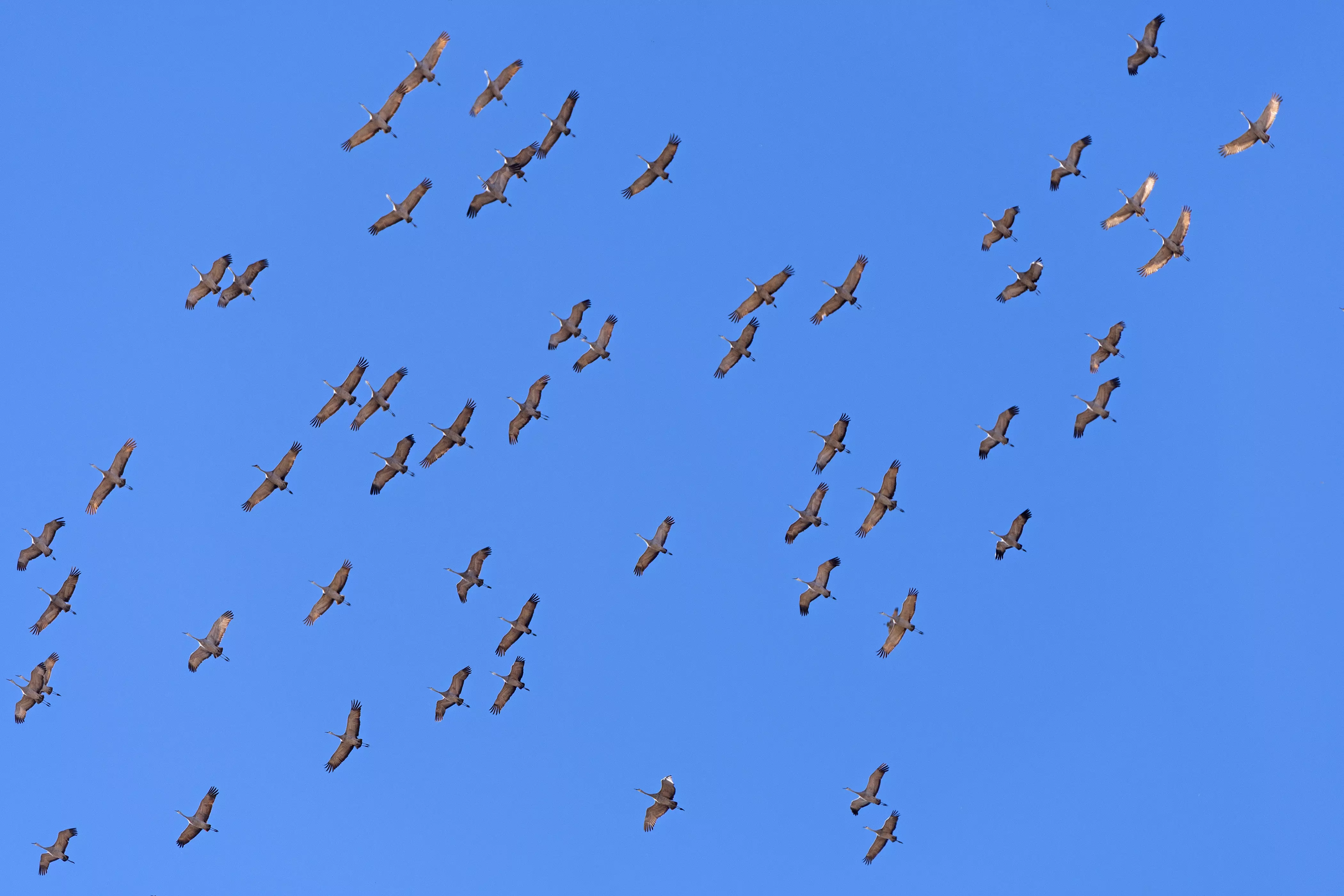Avian flu and bird migration what is the relationship?
An extremely important public health issue is avian influenza, a viral infectious disease that mainly affects birds. In recent years, there has been a sharp increase in the incidence of the disease, making the topic increasingly discussed in society. Is there a link between avian influenza and bird migration? Answering this question requires an in-depth analysis and understanding of both the disease itself and the process of bird migration.
What is bird flu?
Avian influenza, also known as H5N1 virus, is an infectious disease caused by influenza A viruses. Water birds, such as ducks and geese, are most susceptible to the disease. However, the virus can also infect other bird species and even mammals, including humans. The H5N1 virus can be dangerous for humans, as it can lead to severe illness and death in some cases.
What are the symptoms of bird flu?
Symptoms of bird flu can vary depending on the species of bird that is infected, as well as the body's susceptibility to the virus. In birds, the disease often progresses rapidly, manifesting as weakness, loss of appetite, behavioral changes, diarrhea and even death in a short period of time. In humans, symptoms are similar to those of the flu, such as fever, cough, muscle and joint pain, headaches and even pneumonia.
Bird migration and the spread of avian influenza
Bird migration is a natural phenomenon that occurs all over the world. With the arrival of the winter season, many bird species leave their summer habitats and embark on a long journey in search of warmer places to feed and breed. During migration, birds travel long distances, often covering thousands of kilometers.
During migration, birds often travel in large groups, which encourages the spread of diseases, including avian influenza. Although most H5N1 carrier birds do not show symptoms of the disease, they are able to carry the virus in their bodies and excrete it with their droppings. In this way, the virus can enter water, soil and other environments, which can become contaminated.
Although bird migration can promote the spread of avian flu, this does not mean that every infected bird carries the virus over long distances. Studies have shown that infection usually remains within the bird population in an area, primarily through direct contact with infected birds or their droppings.
How to limit the spread of avian influenza?
Like any other infectious disease, avian influenza requires appropriate measures to control it and prevent its spread. Here are some recommendations that can help reduce the risk of infection:
1. Use appropriate personal protective equipment: Use protective gloves and masks when dealing with birds, especially in areas where the H5N1 virus is present. It is also important to regularly wash your hands after contact with birds or bird areas.
2. Monitor bird migration: Many scientists are studying bird migration and its role in the spread of avian influenza. Monitoring migration can help forecast potential threats and take timely preventive measures.
3. Maintaining proper sanitation: Keepers of birds should take care of sanitation in their habitats. Regular cleaning and disinfection of cages, floors and equipment is crucial in preventing the spread of the virus among breeding birds.
4. Isolate birds with disease symptoms: When avian influenza infection is suspected, it is important to immediately isolate sick birds from healthy ones. In this way, the risk of spreading the virus throughout the population can be reduced.
Keep in mind that avian influenza is a serious health problem for both birds and humans. A thorough understanding of the relationship between bird migration and the spread of the H5N1 virus is key to preventing and controlling the disease. Putting in place appropriate protection measures and monitoring bird migration will help us better understand and combat avian influenza. Let's also remember that in case of suspected infection, the appropriate veterinary or public health services should be consulted immediately.